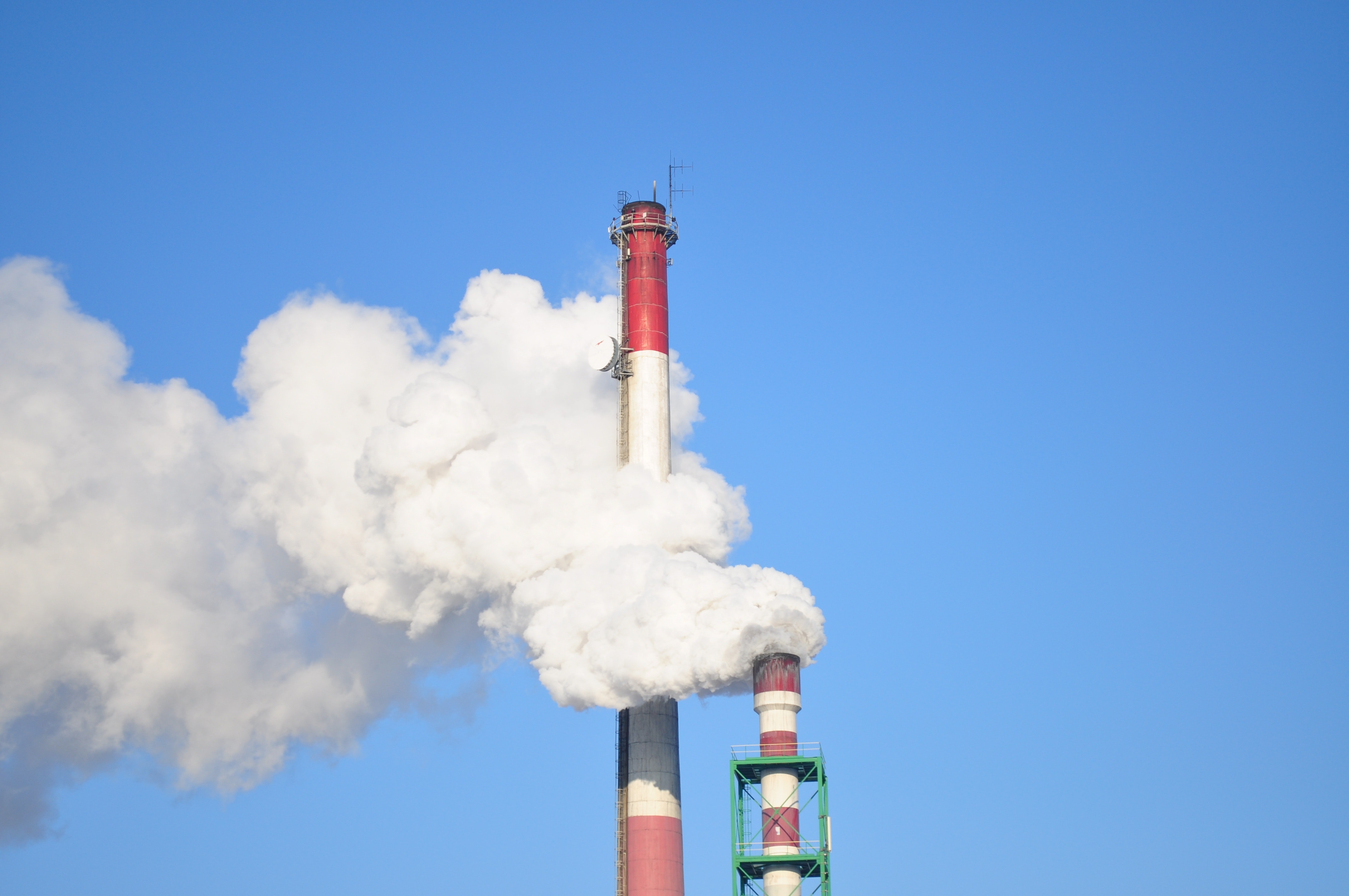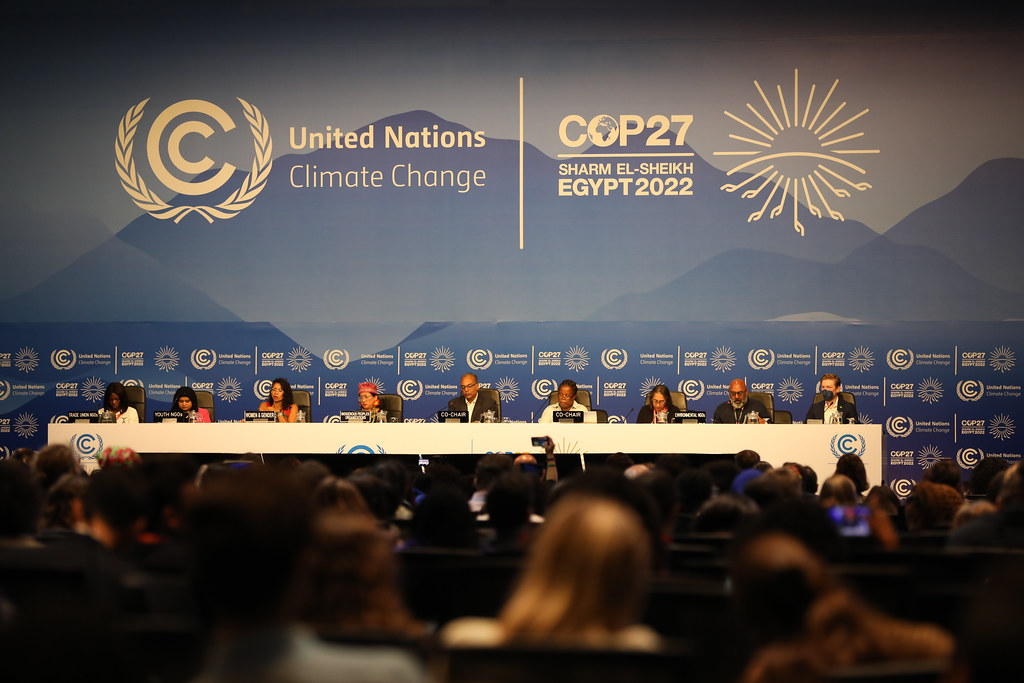Global leaders have assembled in Glasgow to attend 26th “Conference of the Parties”, a gathering of countries who signed the U.N. Framework Convention on Climate Change and the Paris Climate Agreement 2015.
The most immediate pressing agenda for the world now is post-pandemic economic recovery and resumption of disrupted global supply chains. Climate change is one of the enduring concerns apart from terrorism and drugs menace on which countries have been struggling in last few decades.
The climate change threat arises from emission of GREENHOUSE GASES (GHG) like Carbon Dioxide and Methane which trap the sunlight, thereby increasing global temperatures. This leads to slow and steady melting of frozen water bodies, rise in sea level, threatening the very existence of many small countries. Primary sources of GHG are vehicular and factory emission (using petroleum based fuels and coal) and dairy industry for milk and meat.
Industrially advanced economies have very high per capita GHG emissions and they have been pressing large, developing economies like China and India to slow down GHG emissions which is difficult with funds and technology to switch to cleaner, greener, non-GHG emitting fuels.
USA under President Joe Biden wants to build international consensus around a target of countries committing to a ‘NET ZERO GREEN HOUSE GAS EMISSION’ target by 2050. New US Administration is keen to reclaim global leadership on climate change as former US President Donald Trump had pulled out of the 2015 Paris Accord on climate change.
The idea of NET ZERO GREEN HOUSE GAS EMISSION refers to a balance between the amount of greenhouse gases emitted into and the amount removed from the atmosphere.
The Kyoto Protocol adopted in 1997 was a historic turning point when legally binding targets were agreed for industrialised countries to reduce overall GHG emissions. Developed countries were required to reduce greenhouse gas emissions by at least 18 per cent below 1990 levels by the year 2020 However, the second commitment period of the Kyoto Protocol that commits only entered into force in December 2020, just one day before its expiry.
These targets were rather modest, grossly inadequate to meet the main objectives of UNFCCC but several developed countries backtracked and refused to take on any targets in the second commitment period.
The NET ZERO idea is strictly speaking diluting the commitments agreed in the Kyoto Protocol adopted in 1997 and United Nations Framework Convention on Climate Change (UNFCCC) in Paris in 2015.
The developed countries have faltered on delivery of finance, technology transfer, and capacity building support to developing countries. They were supposed jointly mobilise at least $100 billion per year by 2020 to support climate change mitigation action in developing countries.
New US Administration has been pushing for net zero carbon emissions by 2050, under which a country compensates for the greenhouse gases it generates by making provisions for absorption and removal of an equal amount.
It is heartening to note that new US Administration is willing to honor the commitment agreed by developed countries to assist developing nations by $100 billion annually so as to facilitate transition towards climate-friendly technologies.
India has demonstrated strong political commitment and leadership position on climate issues and achieved remarkable progress so far in meeting Nationally Determined Contributions (NDCs) under the Paris Agreement. India is the only one among the G20 group of countries expected to meet the targets that it set for itself in Paris.
In 2015, India announced a target of 175 GW of installed renewable energy capacity by 2022 (excluding large hydro), which included 100GW of solar and 60GW of wind energy capacity. Solar power capacity in India has increased from 2.6 GW in March, 2014 to 45GW (August 2021).
World’ largest renewable energy expansion programme is going on in India: 175 GW by 2022. International Solar Alliance is a new international body pioneered by India. Recently, India achieved 5th global position in solar power deployment by surpassing Italy. Solar tariff in India are very competitive and achieved near grid parity.
We are the world’s third largest producer and third largest consumer of electricity. Total power generation capacity in India has increased from 243 GW in March 2014 to 320 GW in March 2017 to 388 GW in August 2021. Total installed capacity August 2021 was 388,134 MW of which Coal 202GW / 52%, Large Hydro 46GW/12%, Solar 45GW/12% and Wind 40GW/10%. Overall profile of installed generation capacity is 61.5% Thermal energy, 12.2% Hydroelectric energy, 24.5% renewable energy (wind/solar)
Renewable energy capacity is about 37% of total and India will reach 40% renewable energy capacity well before 2030 as per target accepted under 2015 Paris Climate Change agreement.
India’ goal of operationalising 450 giga watts of renewable power is a major contribution to check emission of greenhouse gases.
All this when India is least responsible for greenhouse gases (GHG) emission.
US has contributed maximum to the emission of GHG, followed by EU and China. India’s carbon footprint is extremely low.
Pressure on India and China to reduce carbon emission reminds one of an irresistible analogy: When drinks are in short supply, heavy boozers become apostles of Alcoholics Anonymous to dissuade neo-boozers. [Alcoholics Anonymous is an international NGO founded in 1935, two years after the end of prohibition in the United States in December 1933. Its primary purpose is to help alcoholics “to stay sober and help other alcoholics achieve sobriety.]
Dire predictions were made in the report of the Intergovernmental Panel on Climate Change (IPCC) about global warming due to incessant Carbon Dioxide emission and got the ears of top leaders assembled in Paris in 2015 with India taking a lead role.
The IPCC in its Fifth Assessment Report (AR5) published in 2014 had observed that there had been an increasing trend in the emissions of GHG since the advent of the industrial revolution, with about half of the emissions occurring in the last forty years. The risk of climate change is largely a function of total cumulative GHGs in the atmosphere.
IPCC had estimated that for temperature increase to remain below 2°C of pre-Industrial Revolution levels, the world must cap emission at about 2,900 Giga tonnes (Gt) of CO2 from all sources from the industrial revolution till the year 2100. Of this, the world had already emitted 1,900 Gt of CO2, by 2011 thus already consuming around two-thirds of this ‘carbon budget’.
This meant that out of the budget of 2,900 Gt, only 1,000 Gt remains to be used during 2012 to 2100. [This is my allusion to liquor in ‘short supply’. It is scientifically prudent to limit CO2, emission to 1000 Giga Ton by 2100. So who gets how much to drink, er, ‘right to pollute the atmosphere’ out of this ‘quota’ of 1000 GT till 2100 is the moot question.]
Despite rather low per capita GHG emission, India is making big advances to switch to greener energy. ( CO2 emission MT per capita in 2018 USA 15.2 MT, China 7.4 MT and India 1.8 MT)
52% of our power generation capacity is coal-fired meeting about 75% of our energy needs. Switching from coal based power plants to solar, hydro, nuclear is not easy and renewable energy especially solar and hydro cannot be taken a reliable 24×7 poer supply sources at steady voltage.
India has nevertheless made some major, specific commitments in Glasgow, one long-term and one shorter-term. One is to become NET ZERO by 2070. Second is to cut GHG emission by 1 billion (100 crore) metric tonne by 2030.
According to World Resources Institute, India’s total greenhouse gas emissions was about 3.3 billion tonnes in 2018 and it is projected to rise above 4 billion tonnes per year by 2030. It means at current trends, India could be emitting anywhere between 35 to 40 billion tonnes out of which a cut of 1 billion tonnes would represent a reduction of 2.5 to 3 per cent in its absolute emissions in the business-as-usual scenario.
Other specific commitments made by our Prime Minister in COP26 are as follows:
(i) India will raise the non-fossil fuel based energy capacity 500 GW by 2030. (After Paris 2015, India’ earlier goal was 450 GW renewable energy by 2030)
(ii) By 2030, 50% of the country’s energy requirements would be met using renewable energy sources.
(iii) Carbon intensity of the economy would be reduced to less than 45% by 2030.
India is all for saving the planet without inhibiting India’s economic growth and at the same time monitoring other countries walk the talk on countering climate change. India has called upon developed economies to make $1 trillion available for climate financing.




